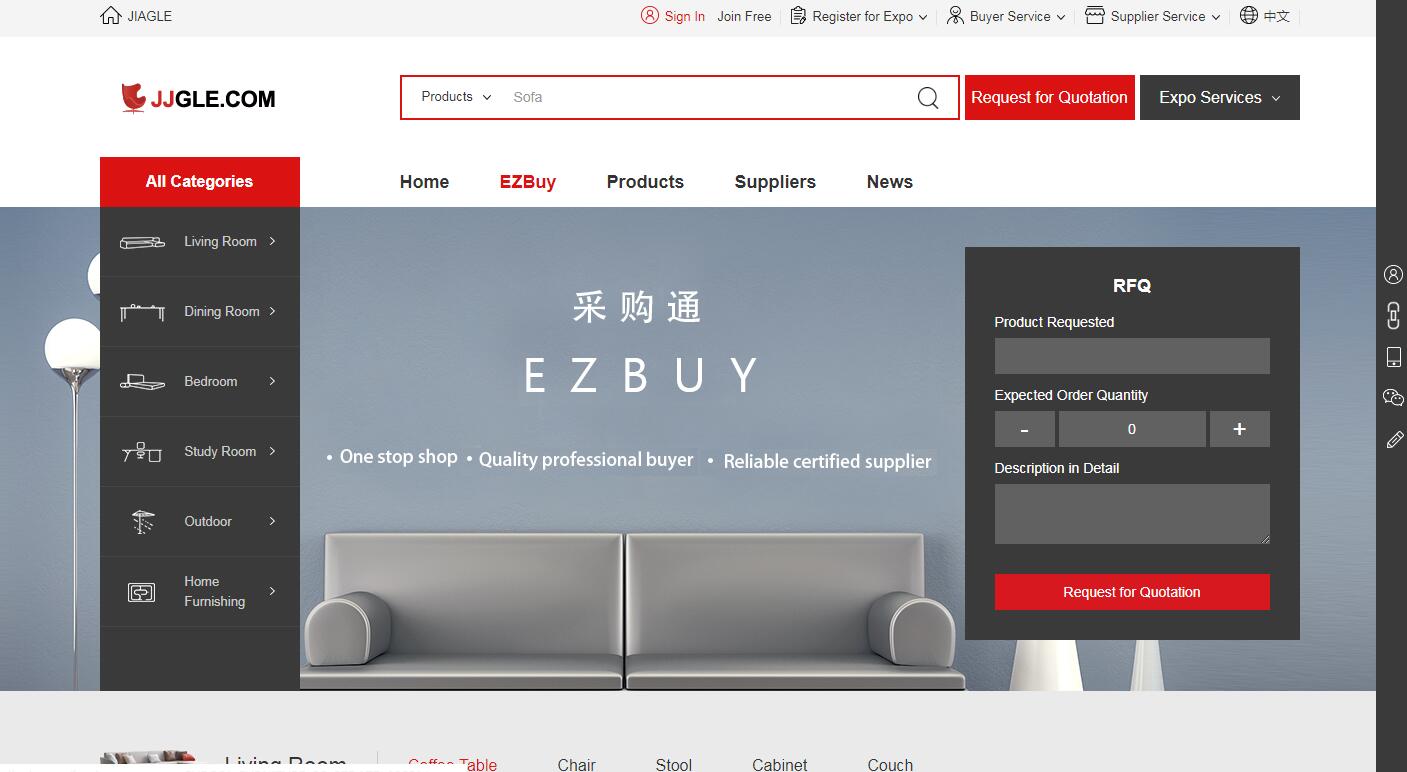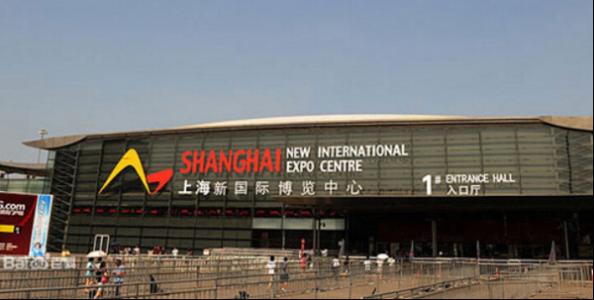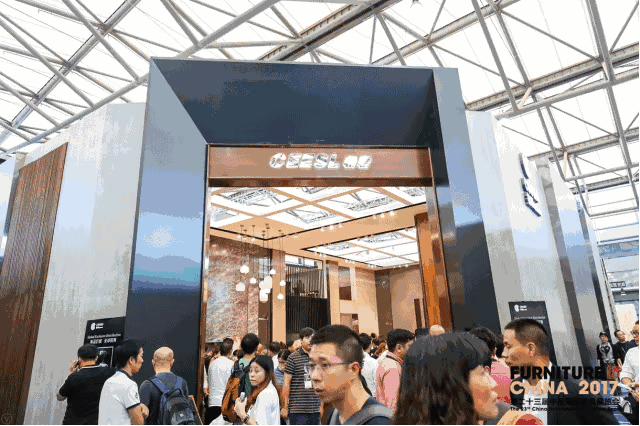Exhibiting in Pudong
With the advent of the new NECC also in 2014, Shanghai will have 800,000 sqm of exhibition space in Pudong and Puxi, way ahead of the city with the next largest amount of exhibition space – Hannover with 500,000 sqm.

Furniture China will be held for the 20th time in Shanghai in 2014. With the advent of the new NECC also in 2014, Shanghai will have 800,000 sqm of exhibition space in Pudong and Puxi, way ahead of the city with the next largest amount of exhibition space – Hannover with 500,000 sqm. It will not be long before China becomes the largest exhibition country in the world, and the strongest, and without a doubt Shanghai will also become the world capital for exhibitions.
Furniture shows worldwide are the largest events in the exhibition world, whether it is in Milan, Cologne, Paris, or in Las Vegas they tend to be far larger than other types of tradeshows. It is the same in China, the furniture shows in Guangzhou, Dongguan and Shanghai are all larger than 300,000 sqm. The autumn edition of CIFF will move to Shanghai Puxi in 2015, and will inevitably compete with Furniture China which has been held in Pudong for 20 years. 2014 is a record year for the Pudong venue SNIEC in terms of occupancy rate, with up to 6m sqm rented. We understand that this will drop slightly to 5m sqm in 2015, but from the reservations to date, the occupancy rate at SNIEC will stop its decline and return to growth in 2016. So what are the advantages that SNIEC has over the competition that make organisers, exhibitors and visitors continue with SNIEC? Following are the 8 big advantages of exhibiting in Pudong that could explain the weightage that Pudong carries in the development of China’s exhibition industry:
1. Pudong Airport
Pudong is the core area for the development of Shanghai’s international financial and aviation centre. The international airport, the Waigaoqiao port area, and the Yangshan deepwater port are all clustered here. Every year the Pudong International Airport is responsible for more than 60% of the total flights in Shanghai, and over 90% of the international flights. International airfreight volume reaches almost 3m tonnes at the Pudong airport, ranking third worldwide. At the same time, the Waigaoqiao and Yangshan ports in Pudong are the first in the world to have a throughput capacity of 20m standard containers. Pudong has literally become Shanghai’s window bridgehead to the world. The 2010 World Expo further pushed Pudong’s exhibition hardware and software and integrated services towards international standards. For instance the expeditious transportation structure connecting Pudong International Airport and SNIEC – the world-leading Maglev train takes 15 minutes to reach SNIEC; a taxi journey is 30 minutes; Subway Line 2 conveniently connects to the SNIEC; and the huge Longyang Road Station next to the venue is also the first stop for airport buses coming into Shanghai city.
2. Visa-on-Arrival
Exhibition and conferences is a major emphasis for development in the Pudong government’s 12th Five-Year Plan. The government has introduced a large number of initiatives to facilitate and expedite the participation of foreign exhibitors and visitors in shows in Pudong. A major improvement applauded by international participants was the recent implementation of visa-on-arrival arrangement at the Pudong airport. Foreign exhibitors and visitors only need to submit their application to the organizer three days prior to obtain a 30-day visa at the immigration counter upon arrival. This has greatly shortened the time and simplified the procedure needed to obtain a business visa, and has obvious impetus for the internationalization of Pudong’s conference and exhibition industry.
3. Hotels
After 30 years of development, reform and economic opening, there are about 70 starred hotels in Pudong. Hotels range from 4/5-star international hotels to budget lodgings. Around SNIEC there are over 20 starred hotels of different grades, with the Kerry Hotel and Jumeirah Himalayas within walking distance.
4. Transportation convenience
To large exhibitions that draw 80,000 to 100,000 visits each day, convenient transportation is of utmost importance. SNIEC is well-connected. Subway Line 2 and Line 7 take visitors directly to the venue. The inner, middle and outer ring roads, the 8 cross-river tunnels and the four large bridges all serve to make SNIEC’s transportation convenience superior to that of any well-connected exhibition venue in the world.
5. Habit
SNIEC has been in operation for more than 10 years. The same venue, exhibitors, visitors congregate every year at the same time, booking the same flights, the same hotel, the same restaurant. Participating in and visiting exhibitions in Pudong now feels like returning home. Participants have become accustomed to participating in shows in Pudong.
6. F&B
SNIEC has to solve the lunch requirements of tens of thousands of people within 1-2 hours, and to meet the demands for high-end hosting by exhibitors. In the vicinity of SNIEC some 120 bars, restaurants, the food street in Kerry Centre, the Chinese restaurant at Yongda Square, the five-star Chinese and Western restaurants in Kerry Hotel and Jumeirah Himalayas Hotel, all within ten minutes away by foot, have been established over a ten year period. F&B convenience ensures the success of exhibitions. Apart from these, there are also 15 F&B outlets in SNIEC, and 34 food provision points, capable of providing 48,000 meals a day, and as much as 85,000 meals for large exhibitions. There are five convenient stores, and five sales points capable of delivering 5,800 lunch boxes each day.
7. The exhibition halls at SNIEC were designed by a professional design team from the leading exhibition nation Germany, incorporating the practical usage of international exhibitions. The team had abandoned the idea of double-storey exhibition halls. More than ten years of actual operations has proven the wisdom of the appropriately-sized 12,000-sqm exhibiton halls, each with 10 five-metre wide freight entrances. Under normal circumstances, the move-out of 200,000 sqm large international exhibitions can be accomplished within 10 hours.
8. High space utility rate is another of SNIEC’s advantage. On average the utility rate can reach 60% at SNIEC, 50% at SWEECC, and about 40% at the old SEC. After over ten years operation, SNIEC’s Asset Liability Ratio is very low. Its cost advantage is key for both venue and organizers.
There are ten exhibition centres in Pudong and Puxi, ranging from a few thousand sqm to 400,000 sqm, totaling 800,000 sqm. With the hardware in place, the competition in future will be on facilities and services. Pudong has the first-mover advantage, but to keep its lead it must further improve and its support services and management, and upgrade its services.





 沪公网安备31010402003309号
沪公网安备31010402003309号



